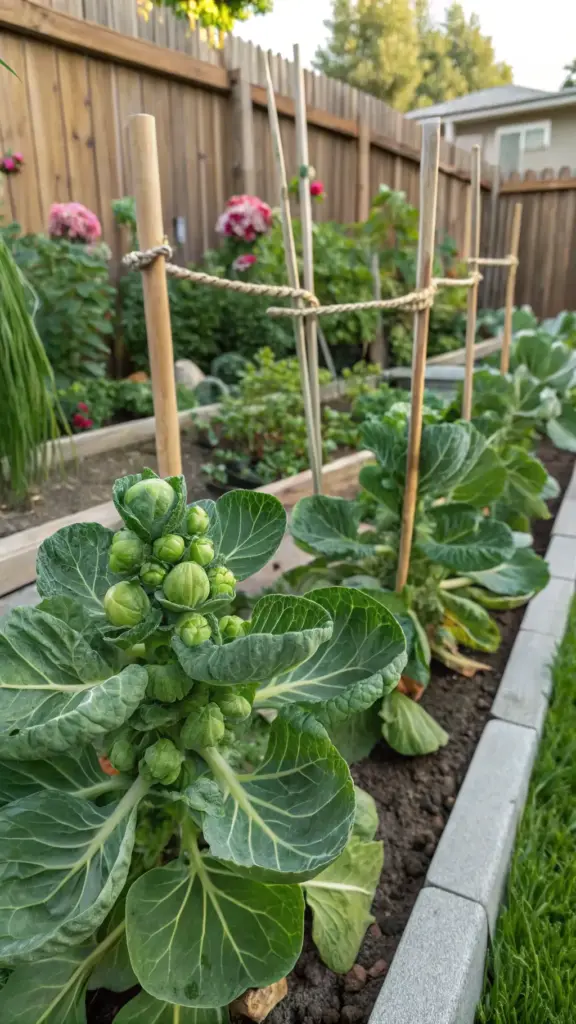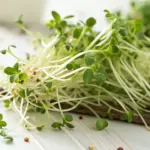Daily Care and Maintenance: Nurturing Your Brussels Sprouts

Let me tell you – daily care is where the magic happens! After years of growing these beauties, I’ve developed a foolproof maintenance routine that keeps my plants thriving. Let’s dive into what your brussels sprouts need to grow strong and healthy!
Watering Wisdom
Consistent moisture is crucial! Here’s my tried-and-true watering strategy:
- Water deeply 1-2 times per week
- Maintain consistently moist but not waterlogged soil
- Use drip irrigation or soaker hoses if possible
- Water at the base of plants to prevent leaf diseases
- Check soil moisture by sticking your finger 2 inches deep
Pro tip: I water early in the morning to prevent evaporation and fungal issues. Your plants need about 1-1.5 inches of water weekly, including rainfall.
Natural Fertilizing Schedule
These are heavy feeders, and I’ve learned exactly what they need:
- Apply organic compost tea every 2 weeks
- Side-dress with aged compost monthly
- Use fish emulsion for quick nitrogen boost
- Add kelp meal for micronutrients
- Avoid high-nitrogen fertilizers after sprout formation
Mulching Magic
Mulching is a game-changer! Here’s my layering technique:
- Apply 2-3 inches of organic mulch
- Use straw, leaves, or grass clippings
- Keep mulch 2 inches away from stems
- Replenish monthly as mulch breaks down
- Add extra mulch before winter in cold regions
Supporting Your Plants
Don’t skip this step! Tall brussels sprouts need support:
- Install stakes when plants reach 12 inches
- Use soft garden twine for tying
- Add support rings for extra stability
- Check and adjust ties weekly
- Consider wind direction when staking
Remember: A well-supported plant is a productive plant! I learned this the hard way after losing several to strong winds one season.
Ready to become a brussels sprouts problem-solver? Click “next” to discover my battle-tested solutions for common growing issues! I’ll share my organic pest control secrets and show you exactly how to identify and fix nutrient deficiencies before they become serious problems. Plus, I’ll reveal my surprising trick for dealing with those pesky cabbage worms that had my garden pest-free all season! 🌱🔍









GIPHY App Key not set. Please check settings